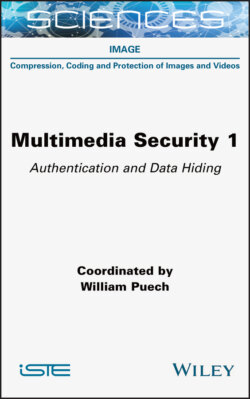Читать книгу Multimedia Security, Volume 1 - William Puech - Страница 49
1.8. Conclusion
ОглавлениеIn this chapter, we have described methods that analyze an image’s formation pipeline. This analysis takes advantage of alterations made by the camera from the initial raw image to its final form, usually compressed JPEG. We have reviewed the transformations undergone by the raw image, and shown that each operation leaves traces. Those traces can be used to reverse engineer the camera pipeline, reconstructing the history of the image. It can also help detect and localize inconsistencies caused by forgeries, as regions whose pipeline appears locally different than on the rest of the image. With that in mind, it is usually impossible to guarantee that an image is authentic. Indeed, a perfect falsification, which would not leave any traces, is not impossible, although it would require great expertise to directly forge a raw image – or revert the image into a raw-like state – and simulate a new processing chain after the forgery has been done. Falsifiers rarely have the patience nor the skills needed to carry out this task, however one cannot exclude that software to automatically make forged images appear authentic may emerge in the future.
Figure 1.16. Example of modification detection with the Siamese network (Mayer and Stamm 2019)
COMMENT ON FIGURE 1.16.– The forged image comes from the database associated with Huh et al. (2018). The Siamese network gives a similarity score for each patch with a reference patch. The black areas in the Siamese network result correspond to patches that are incompatible with the reference patch.
